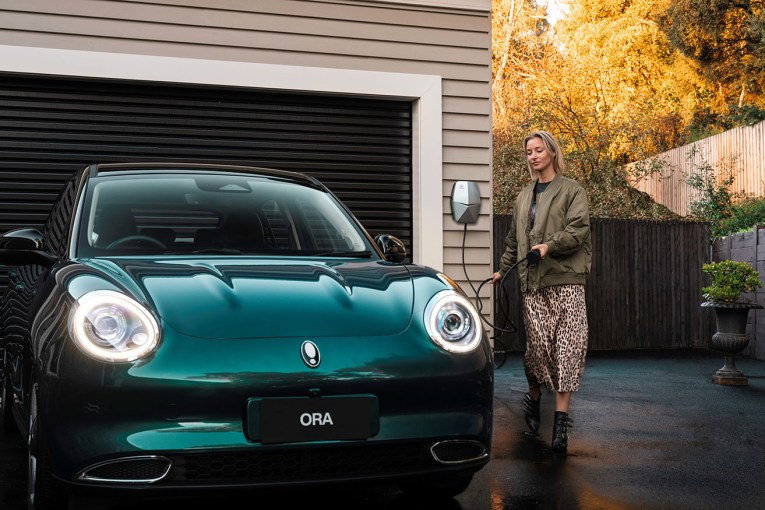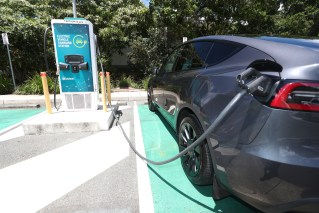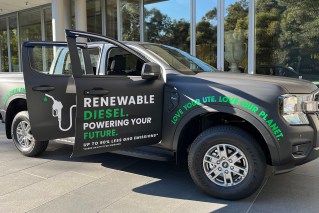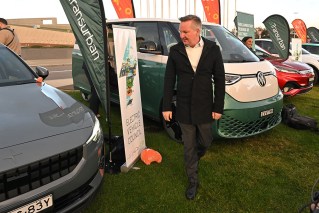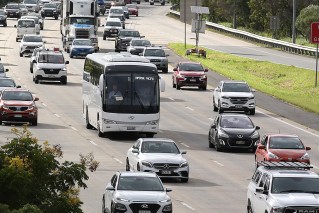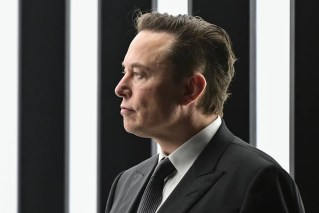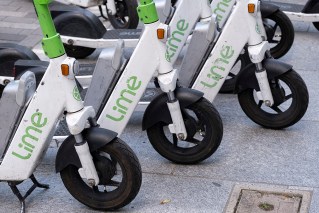Ford has tried to replace its much-loved Territory SUV: We test drove the Endura

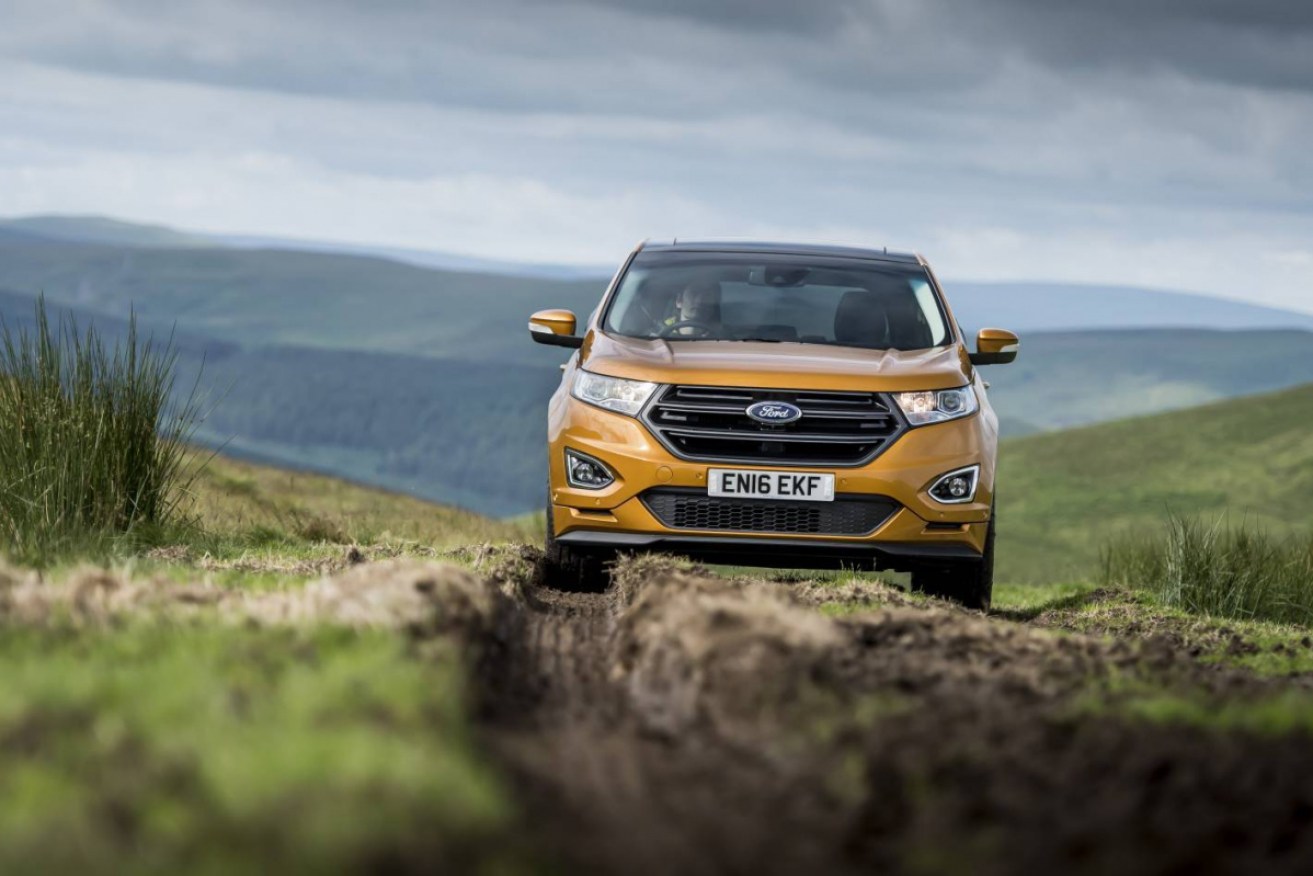
The Ford Endura is the car brand's new answer to the Territory. Does it live up to the hype? Photo: Ford
The Ford Territory holds a unique place in Australian automotive history as the only locally conceived, designed, engineered and manufactured SUV.
Hailed for its driving behaviour and interior smarts when it launched in 2004, the Territory was still selling well when Ford shut down its local assembly plant in 2016.
More than two years on Ford has launched a replacement … or has it? Called the Endura, it also slots into the large SUV segment, but the blue oval insists that’s where the similarities finish.
What is it?
Ford does have a point. The Territory was a five- or seven-seat wagon available with a petrol or turbo-diesel engine driving via the rear wheels or all-wheel drive.
The Endura, called Edge overseas, is offered only as a five-seater powered by a 2.0-litre turbo-diesel engine. It’s mated to an eight-speed automatic transmission and you can choose either front- or on-demand all-wheel drive in each equipment level – Trend, ST-Line and Titanium.
Why is it important?
As we’ve recently reported, Australia is swept up in an SUV craze. So, Ford needs the Endura to give it a boost in an area of the new-vehicle market it once dominated.
Endura is strategically placed at the cross-roads of the medium and large SUV segments, so some people might shop it against the Mazda CX-5 or Volkswagen Tiguan, while others might be comparing it to the larger Toyota Kluger, Mazda CX-9 and Hyundai Santa Fe.
Its pricing even stretches it – theoretically at last – into the luxury market against the likes of the Mercedes-Benz GLC.
How much does the Endura cost?
Pricing for the Endura starts at $44,990 for the front-wheel drive Trend and climbs all the way to $67,990 for the all-wheel drive Titanium. The sales sweet spot is expected to be the $57,990 AWD ST-Line, which is still a pretty substantial spend. That reflects Ford’s attempt to position Endura as a “premium” rather than mass market SUV.
Endura has a five-year/unlimited kilometre warranty, while roadside assistance is available for the first seven years of ownership as long as servicing is conducted at a Ford dealer.
Service intervals are 12 months/15,000km for the Endura. Capped priced services are $299 each.
What does the Endura boast?
Standard safety gear across all Enduras includes new-to-the-segment Evasive Steer Assist, which is designed to steer the vehicle away from trouble. There’s also autonomous emergency braking with pedestrian protection, lane keep assist, traffic sign recognition, a reversing camera, eight airbags and a five-star ANCAP rating.
CarPlay and Android smartphone compatibility are standard, along with a 10-way adjustable powered driver’s seat, dual-zone climate control, dual USB ports and a 230V powerpoint.
Key ST-Line additions include sports suspension, 20-inch alloys, a body kit and a power tailgate. The Titanium alone has Bi-LED headlights, a blind spot monitor, rear cross traffic alert, active park assist and a panoramic sunroof.
All Enduras comes with only a space-saver spare tyre.
What do we like?
The Endura has an impressive drivetrain. The 140kW/400Nm four-cylinder unit is a quiet, smooth and responsive diesel of a type thought impossible not that long ago. The claimed 6.7L/100km fuel consumption also impresses, even though it will climb a bit in the real world.
It’s not only the engine that is quiet, as the Endura’s cabin is a very refined place to be. Part of that is due to active noise cancelling microphones that block out extraneous noises just like those fancy headphones.
The Endura steers and handles nicely, even in slimy wet conditions. Don’t be put off by the generic SUV description, this is really a passenger car with added ground clearance and bit more macho attitude … I said “a bit”. If you are looking for real off-road ability look elsewhere.
The Endura is spacious inside, with adult-friendly sprawling space in both rows. There’s also 800 litres of luggage space behind the second row, so plenty of room for suitcases, golf bags and the like. Without a third row of seats to fit, there’s even hidden storage under the floor.
What we don’t like
The big issue is the lack of a third-row seat. That automatically rules the Endura out for bigger families. Ford argues they should be looking at the Everest SUV anyway, but that’s based on a pick-up truck and lacks the on-road refinement of the Endura.
There’s also a lack of interior storage smarts about the Endura. Nor is it as nicely presented as class trend-setters like the Mazda CX-8. Bland is the term that springs to mind.
The 2000-kilogram braked towing capacity also rules the Endura out of hauling big caravans. Again, Ford says look to the Everest, which has a 3500-kilogram braked towing capacity.
The Endura feels pretty firm on our rough roads, especially when you upgrade from the base model’s 18-inch wheels to the 20s on the ST-Line and Titanium.
And perhaps a more minor bugbear, but the Endura does away with a lever and instead uses a rotating dial for gear selection. It just drove me mad.
Buy it or not?
Ford’s right – the Endura is no Territory. Back in 2004 the local SUV was a revelation. In 2019 the Endura is jostling for recognition in a much more congested segment touting economy, space and a strong safety equipment list as its big attributes.
The trouble is the Endura faces up to some truly outstanding rivals without offering an obvious advantage. For instance, it would take a very strong deal to convince me to opt for the Ford ahead of a Mazda CX-8 or a Hyundai Santa Fe.
